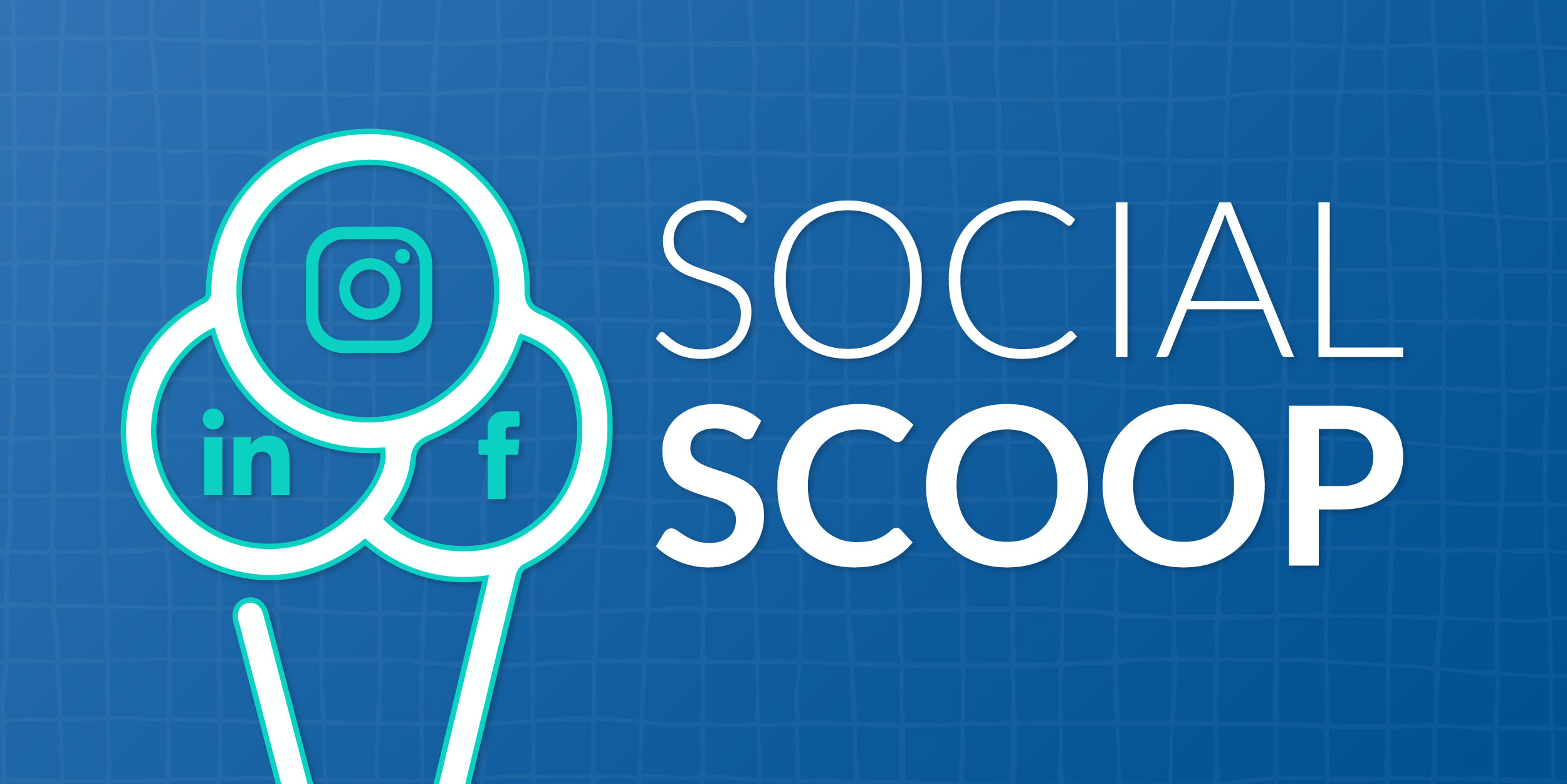So you’ve decided that you need to get your social media profiles managed by an agency. Great, but what is a social media marketing agency?
Primarily they’re a group of very cool people who live and breathe everything social media. Apart from that, there’s a lot more to a social media marketing agency than initially meets the eye.
Four key elements
Four key parts of a social media agency:
- Strategy Team – People responsible for the strategy of client profiles.
- Community & Content Team – The team responsible for creating content and engaging the audience.
- Graphic Design Team – Team members tasked with creating the graphics for social media content.
- Software Systems – The software systems used by agency team members to run profiles and their business.
Social Media Agency Teams
Strategy Team
The Strategy team generally consists of people with job titles such as Account Director or (Senior) Account Manager.
They’re tasked with looking after the brand and content strategy for their clients brand and social media profiles.
Usually you will meet the strategy team as they’ll be the ones presenting their strategic insights each month in your meetings. They’re also the ones who generate your monthly reports and strategic recommendations.
Generally an Account Director or Account Manager will sit across a number of clients. Doing this allows them to give you expert knowledge based on experience with different brands and industries.
Community & Content Team
Team members of the Community & Content Team will have job titles like Social Media Manager and Community Manager.
Their job is to create the content for brands social media profiles, in line with the strategic direction laid out by the Account Director. Once created, the team then schedule the content for publishing.
In some agencies, that team then is required to monitor the social profiles for any comments, mentions or messages and respond where appropriate. This can often be a 24/7 job so treat your Community Managers kindly!
As part of their job, the Community & Content Team will typically feed back insights to the Strategy Team to improve a clients profile.
Graphic Design Team
These guys have arguably the hardest job of all. Creating the graphics and artwork required to portray the brand message for a client.
The job titles you’ll see here are pretty common. Graphic design or Senior Graphic Designer. Maybe ‘artist’ or ‘creative’ are words you’ve heard before. All the same thing.
The graphic design team take the requests from the Community & Content team and turn them into usable graphics and images. All the while ensuring that the images match the brand guidelines and style-guides.
A good graphic design can really make an agency!
Software Systems
Clearly not human by definition, a Social Media Marketing Agency will have a number of software platforms they use. The platforms typically perform tasks like project management, monitoring & alerting, publishing & scheduling and accounting.
All the platforms come together in one way or another to create a stand out social media presence for their clients. You may not be aware of all the platforms that your agency is using but the simple existence of these platforms is vital.
Names such as Hootsuite, Sprout Social, Radian 6, Xero, BaseCamp and others would come to mind.
So, what is a social media marketing agency?
It’s a whole lot of elements, often ones that you don’t see nor never come into contact with.
Gone are the days where a social media community manager could simply be one person. One person, sitting at a desk publishing content for their clients.
These days it’s much more complicated than that.
You as a client might only ever deal with one or maybe two people! There is however usually a raft of others who come in contact with your content and profiles.
A combination of team members and an elaborate eco-system of software platforms ensure every last detail of your content goes out correctly.
When you do finally decide to engage an agency it can be very useful to ask questions about who’s responsible for what. Establish which teams will be working on your content and perhaps a little bit of background of each of the team members – be they human or computer.







